Henry Middlebrook Crane graduated from the Massachusetts Institute of Technology in 1896, with degrees in mechanical and electrical engineering. He then joined the Bell Telephone Company, and later worked for their manufacturing subsidiary, the Western Electric Company. His Crane and Whitman Company of Bayonne, New Jersey, formed in 1906, evolved into the Crane Motor Car Company by 1910. In 1912, his design for the Crane Model 3 automobile was ready for production. It was a large, refined luxury car, but "production" it barely achieved, with some 37 cars built in three years. In the autumn of 1914, the Simplex Automobile Company acquired the Crane firm, moving its equipment to nearby New Brunswick, New Jersey. The services of Henry Crane were included in the transaction, and in short order the Simplex Crane Model 5 was introduced, with Crane's refined 564 cubic inch six-cylinder engine in a 144-inch wheelbase chassis. Bodies were supplied by several well-known bespoke coachbuilders, including Locke, Derham and Holbrook, but most were, like this car, by Brewster. Production continued into 1917. The cars are sometimes incorrectly called "Crane-Simplex," perhaps confused with a short-lived 1922 attempt by Henry Crane to resurrect the business at Long Island City, after the Simplex company had been brought down by the Hare's Motors debacle. Ordered new as a chassis by the Whitney Family of Boston, the car was shipped to Boston coachbuilders Farnham & Nelson to build its stunning aluminum body. Topside, the striking coachwork sported an elegant Victoria top and highly unusual for the day dual-cowl design while lower down large running board tool boxes and a left-hand side seat gave the car an exotic appearance. The rear compartment is furnished with a clock and drawers under the cowl. The Whitneys used the Simplex mainly for formal gatherings in the summer season—outside of the warmer months the lack of weather protection undoubtedly made the car a bit impractical. One of the original founders of the VMCCA, Cameron Bradley purchased the Simplex from the Whitneys in 1937. Cam used it at many early VMCCA events, including Raceland, and when not in use featured it in the "Wolfden" Antique Auto Museum in Southboro, Massachusetts. Mr Bradley employed an original Simplex mechanic to maintain his steed in top shape for his active use. The car was given a repaint in the mid-1940s before participation in the Glidden Tour—though the original paint still seems to be present under. In 1975 noted collector Robert Valpey acquired the car from Mr. Bradley. Valpey continued to preserve the highly original car but kept it in excellent operating condition. In the late-80s the car transferred to another long term owner who continued to preserve and maintain this fine automobile. While in this owner's care the car was further refined mechanically and kept in top running and driving condition. The car is offered today in wonderfully original condition and fine mechanical order, a great example of a beautifully preserved Simplex that drives like new. It starts easily and drives with the strong power and tall gearing for which Simplex is famous. Despite being a car of ample dimensions, a well sorted Crane Simplex is a joy to drive. WIth tremendous power, precise steering, a light clutch and a friendly gearbox these are one of the nicest big cars of the era to drive. This magnificent example of one of America's finest builders would be a proud addition to any collection. The car survives today in stunningly preserved condition thanks to its responsible and dedicated caretakers. Given that it has been seen little in the last 30 years, its flamboyant custom coachwork and prestigious name will make it a welcome participant at the world's most prestigious Concours.
Henry Middlebrook Crane graduated from the Massachusetts Institute of Technology in 1896, with degrees in mechanical and electrical engineering. He then joined the Bell Telephone Company, and later worked for their manufacturing subsidiary, the Western Electric Company. His Crane and Whitman Company of Bayonne, New Jersey, formed in 1906, evolved into the Crane Motor Car Company by 1910. In 1912, his design for the Crane Model 3 automobile was ready for production. It was a large, refined luxury car, but "production" it barely achieved, with some 37 cars built in three years. In the autumn of 1914, the Simplex Automobile Company acquired the Crane firm, moving its equipment to nearby New Brunswick, New Jersey. The services of Henry Crane were included in the transaction, and in short order the Simplex Crane Model 5 was introduced, with Crane's refined 564 cubic inch six-cylinder engine in a 144-inch wheelbase chassis. Bodies were supplied by several well-known bespoke coachbuilders, including Locke, Derham and Holbrook, but most were, like this car, by Brewster. Production continued into 1917. The cars are sometimes incorrectly called "Crane-Simplex," perhaps confused with a short-lived 1922 attempt by Henry Crane to resurrect the business at Long Island City, after the Simplex company had been brought down by the Hare's Motors debacle. Ordered new as a chassis by the Whitney Family of Boston, the car was shipped to Boston coachbuilders Farnham & Nelson to build its stunning aluminum body. Topside, the striking coachwork sported an elegant Victoria top and highly unusual for the day dual-cowl design while lower down large running board tool boxes and a left-hand side seat gave the car an exotic appearance. The rear compartment is furnished with a clock and drawers under the cowl. The Whitneys used the Simplex mainly for formal gatherings in the summer season—outside of the warmer months the lack of weather protection undoubtedly made the car a bit impractical. One of the original founders of the VMCCA, Cameron Bradley purchased the Simplex from the Whitneys in 1937. Cam used it at many early VMCCA events, including Raceland, and when not in use featured it in the "Wolfden" Antique Auto Museum in Southboro, Massachusetts. Mr Bradley employed an original Simplex mechanic to maintain his steed in top shape for his active use. The car was given a repaint in the mid-1940s before participation in the Glidden Tour—though the original paint still seems to be present under. In 1975 noted collector Robert Valpey acquired the car from Mr. Bradley. Valpey continued to preserve the highly original car but kept it in excellent operating condition. In the late-80s the car transferred to another long term owner who continued to preserve and maintain this fine automobile. While in this owner's care the car was further refined mechanically and kept in top running and driving condition. The car is offered today in wonderfully original condition and fine mechanical order, a great example of a beautifully preserved Simplex that drives like new. It starts easily and drives with the strong power and tall gearing for which Simplex is famous. Despite being a car of ample dimensions, a well sorted Crane Simplex is a joy to drive. WIth tremendous power, precise steering, a light clutch and a friendly gearbox these are one of the nicest big cars of the era to drive. This magnificent example of one of America's finest builders would be a proud addition to any collection. The car survives today in stunningly preserved condition thanks to its responsible and dedicated caretakers. Given that it has been seen little in the last 30 years, its flamboyant custom coachwork and prestigious name will make it a welcome participant at the world's most prestigious Concours.
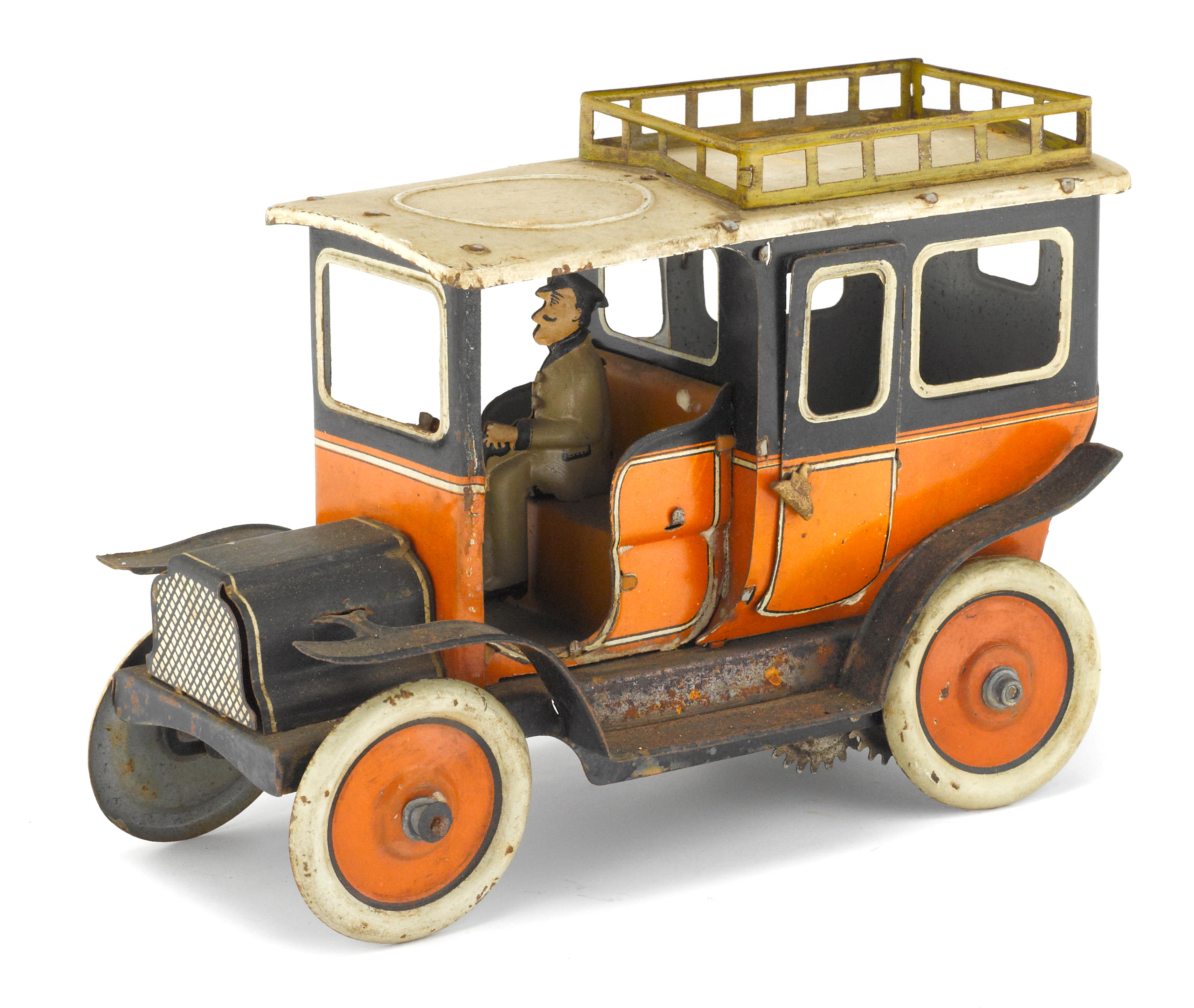
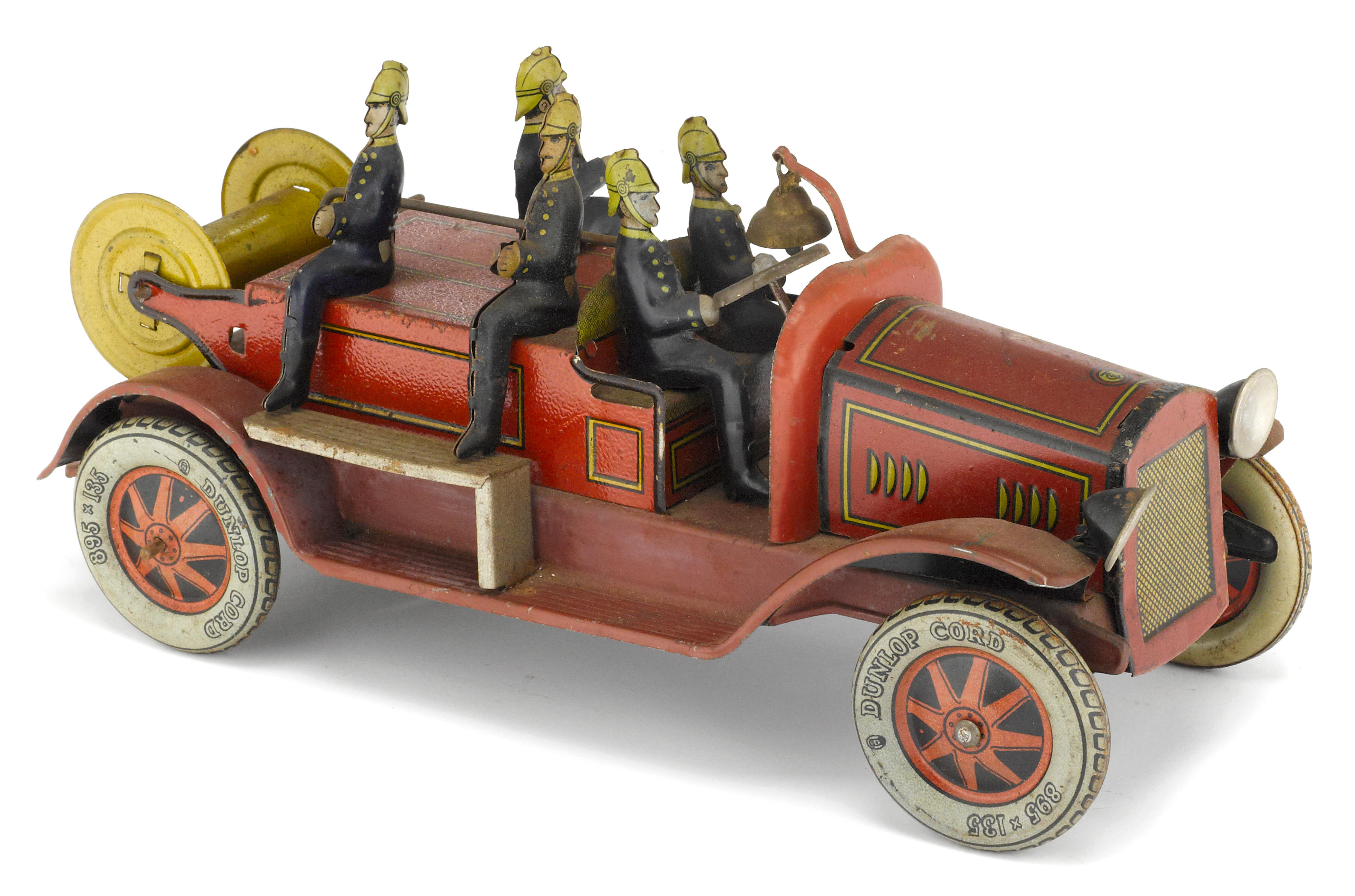
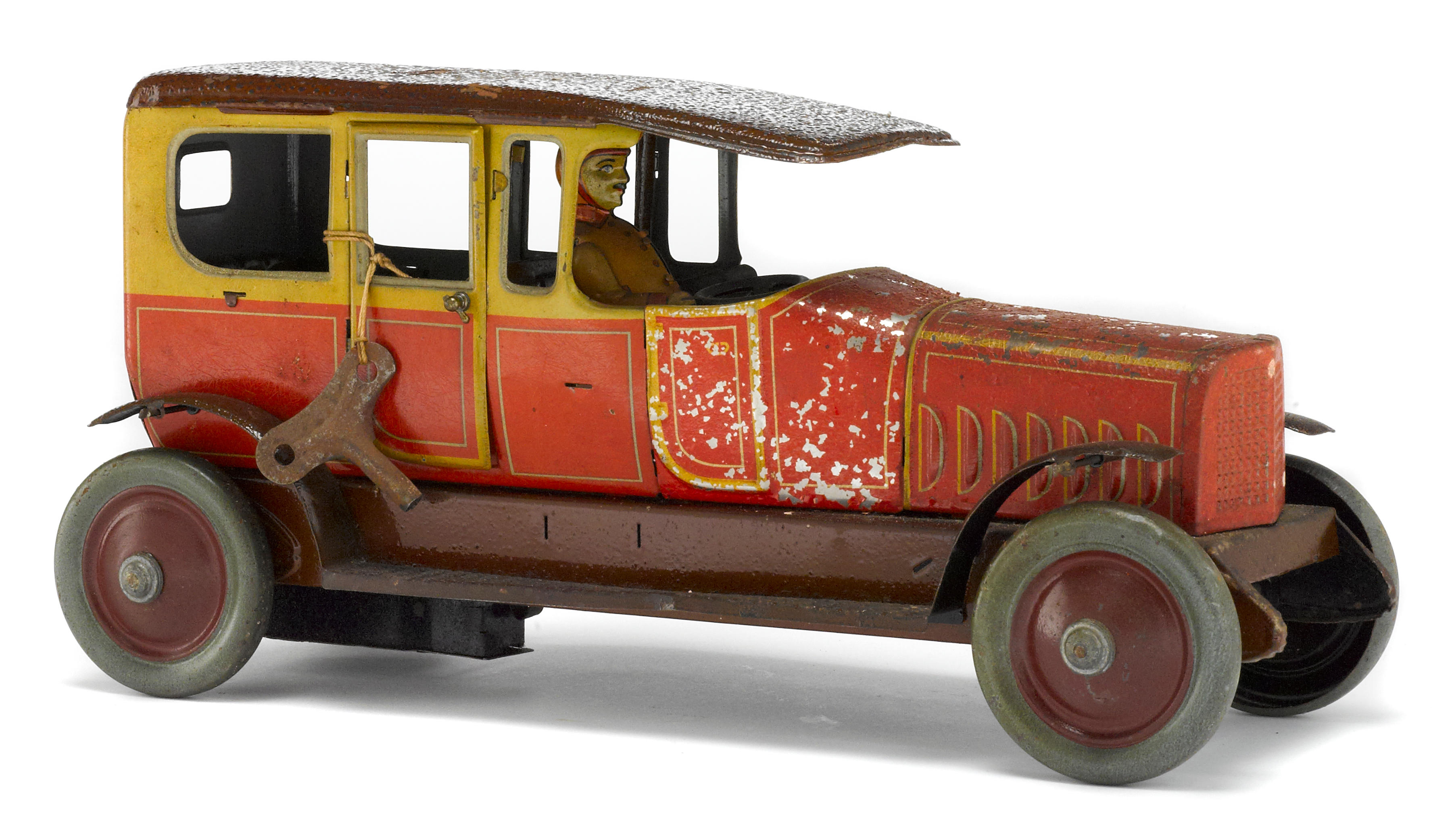
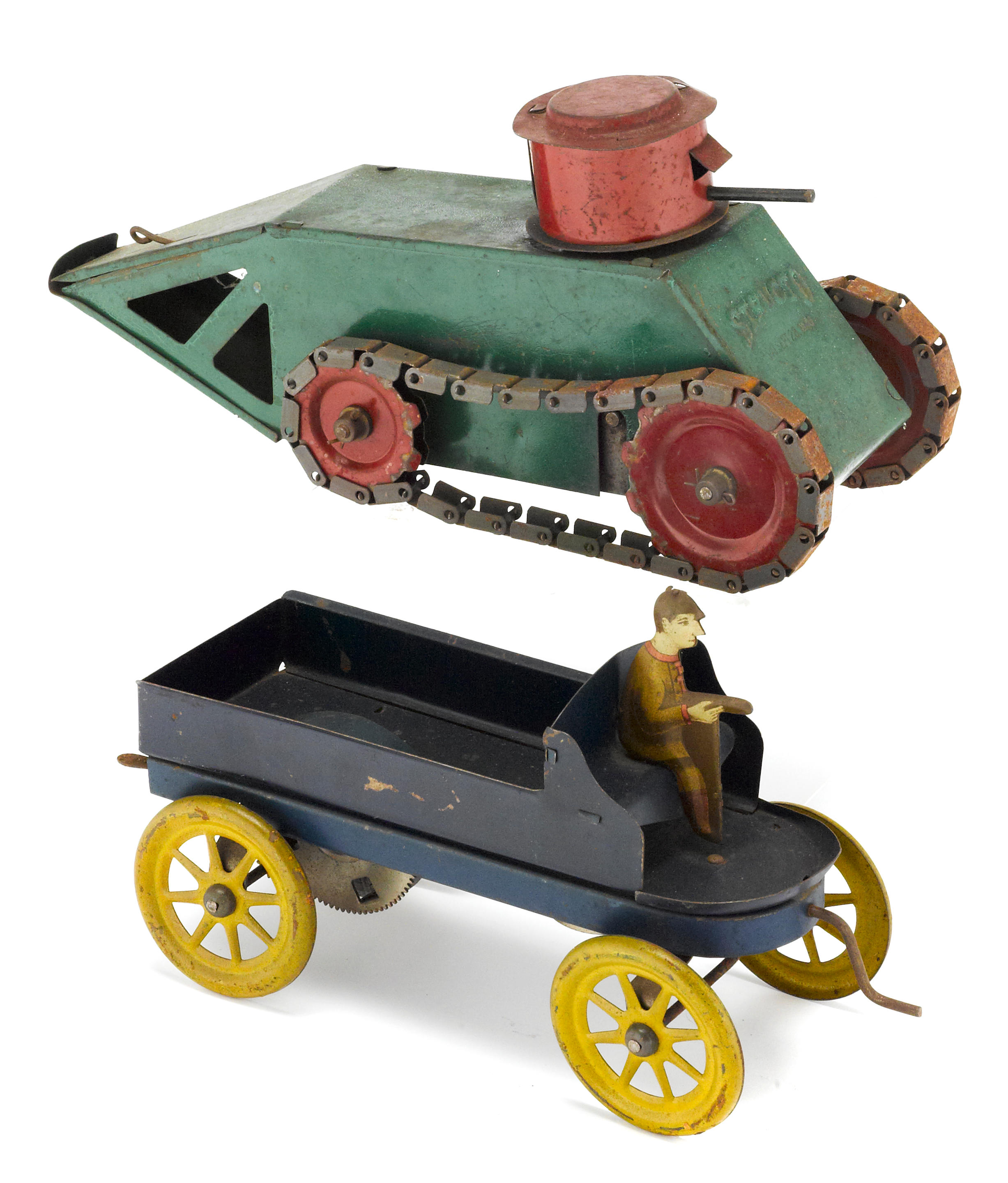
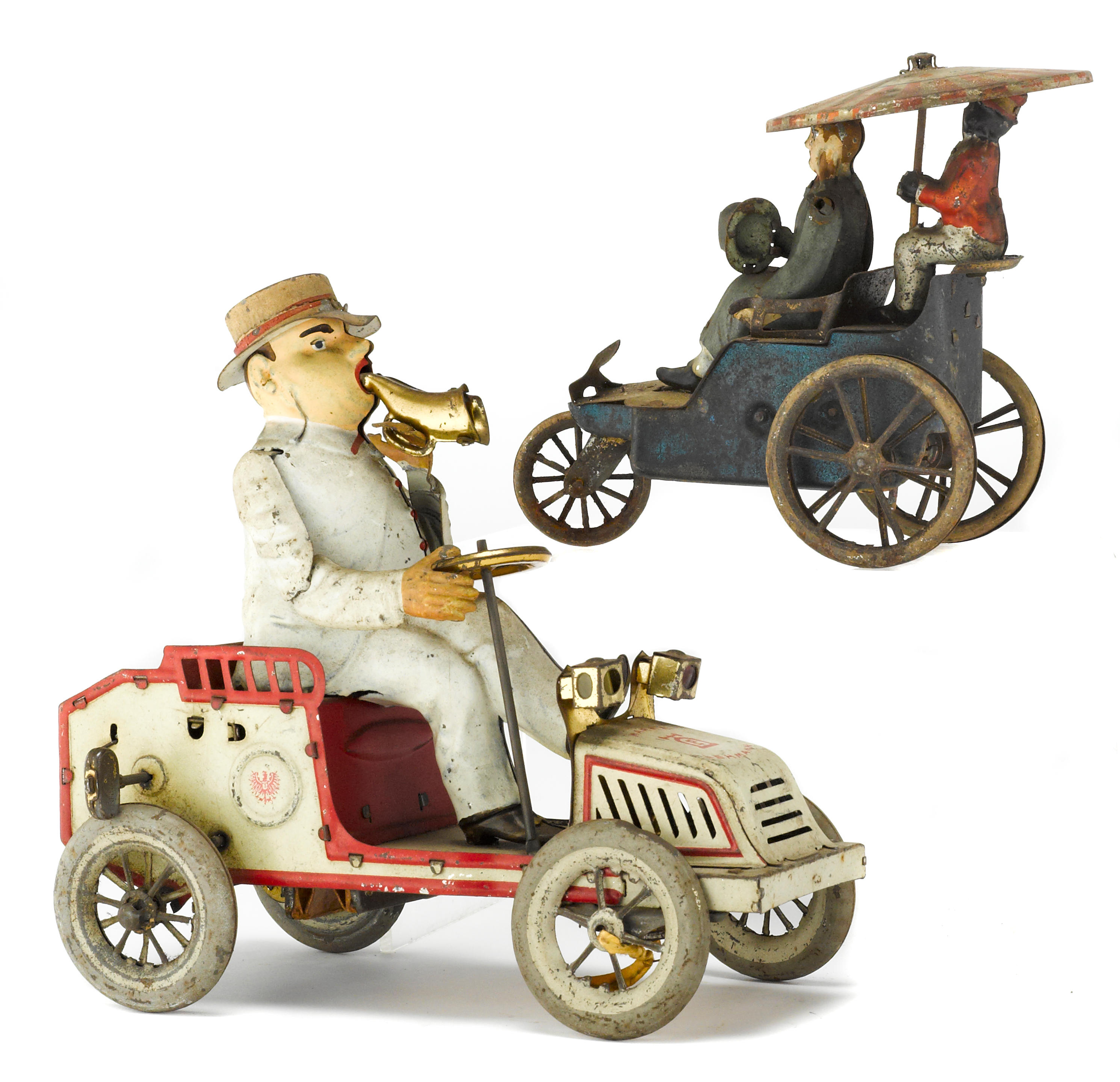

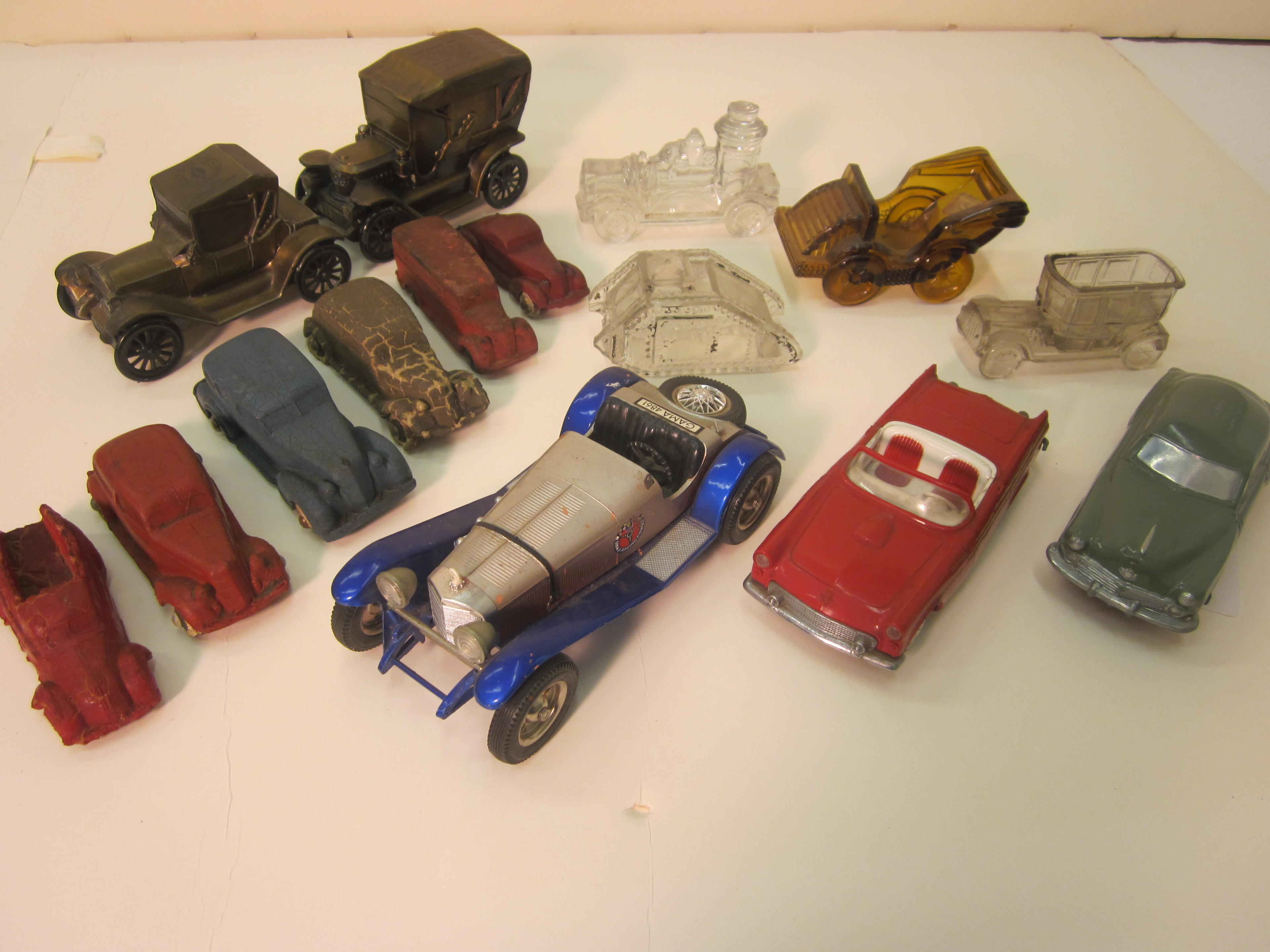
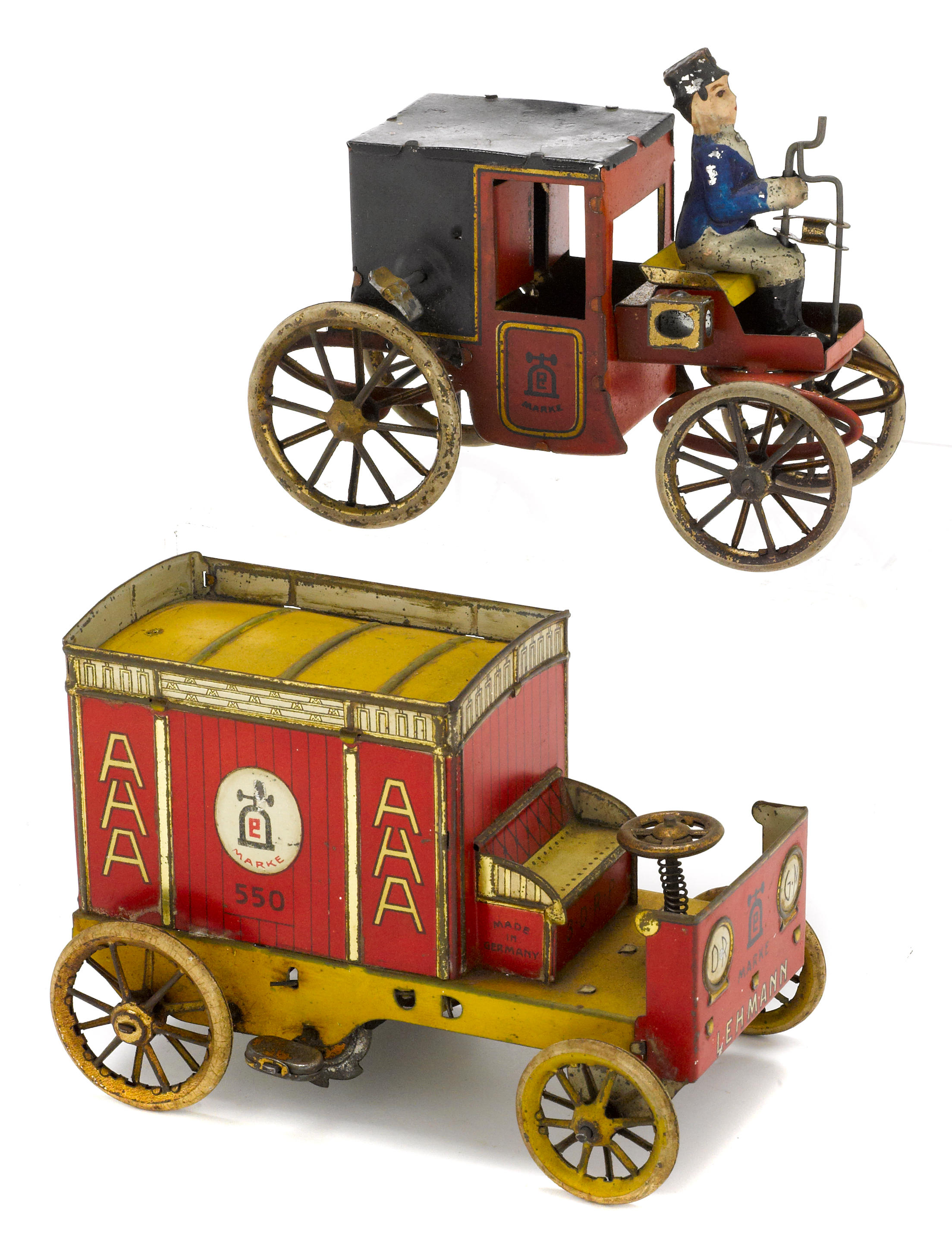
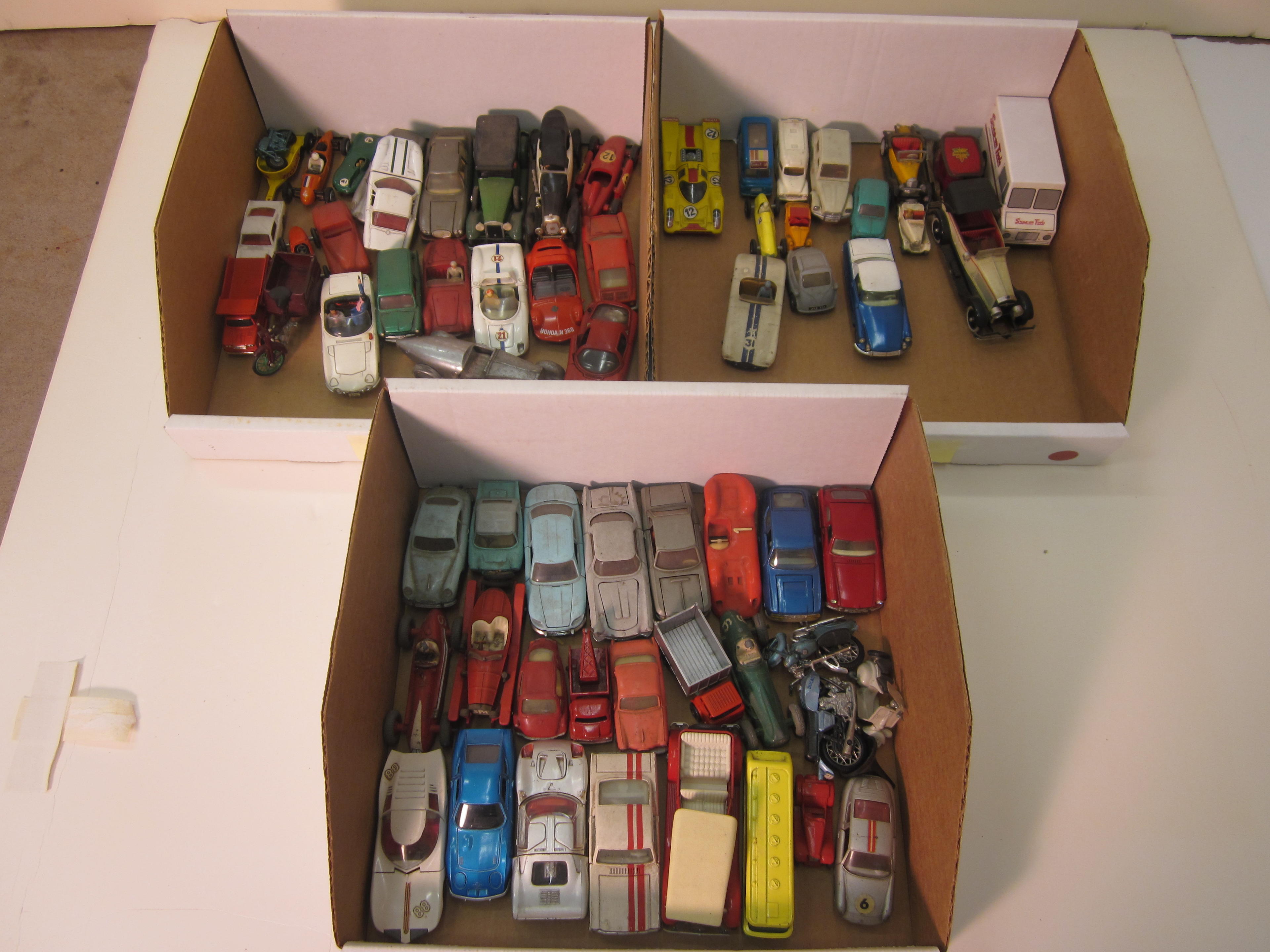
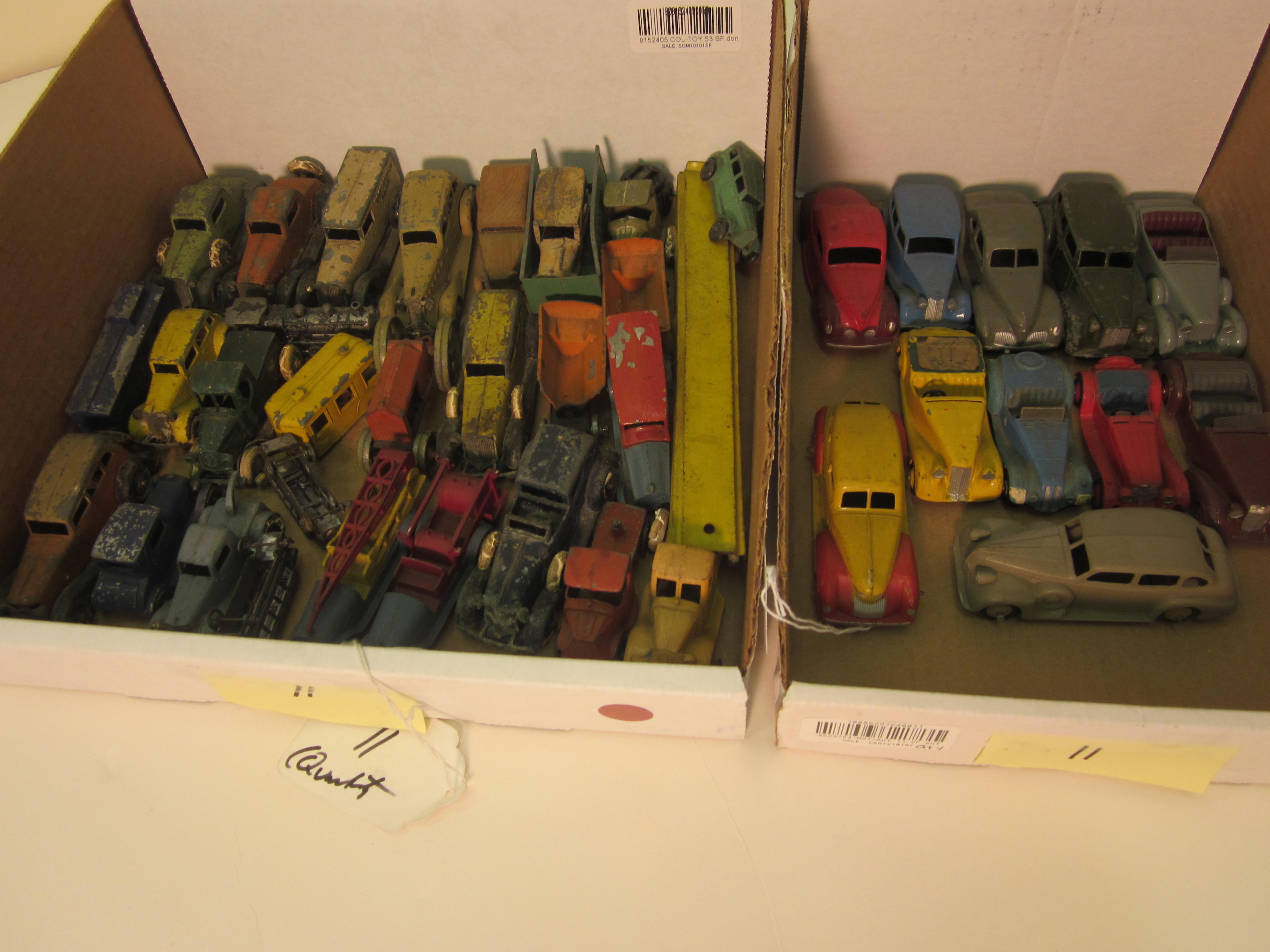
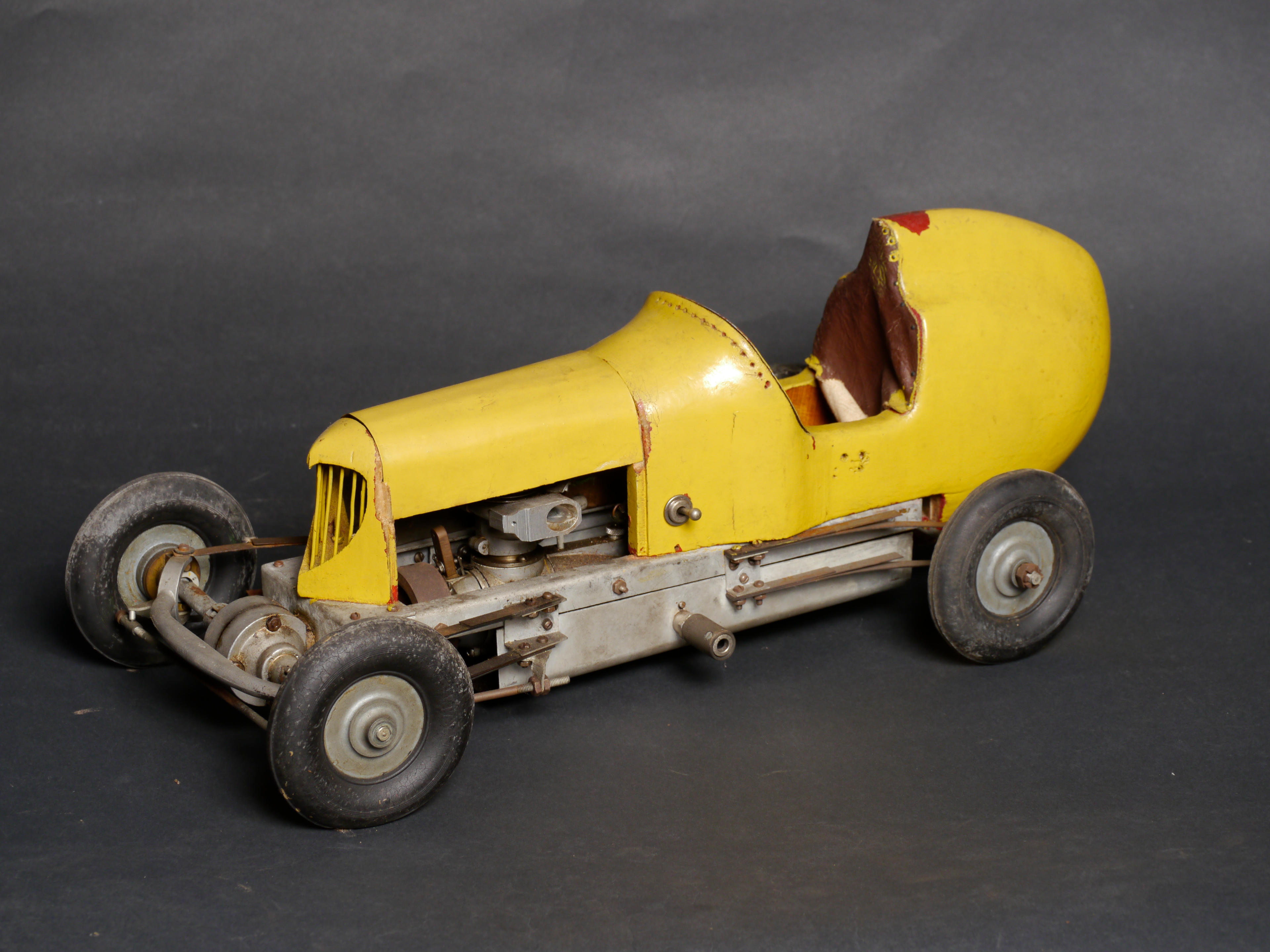
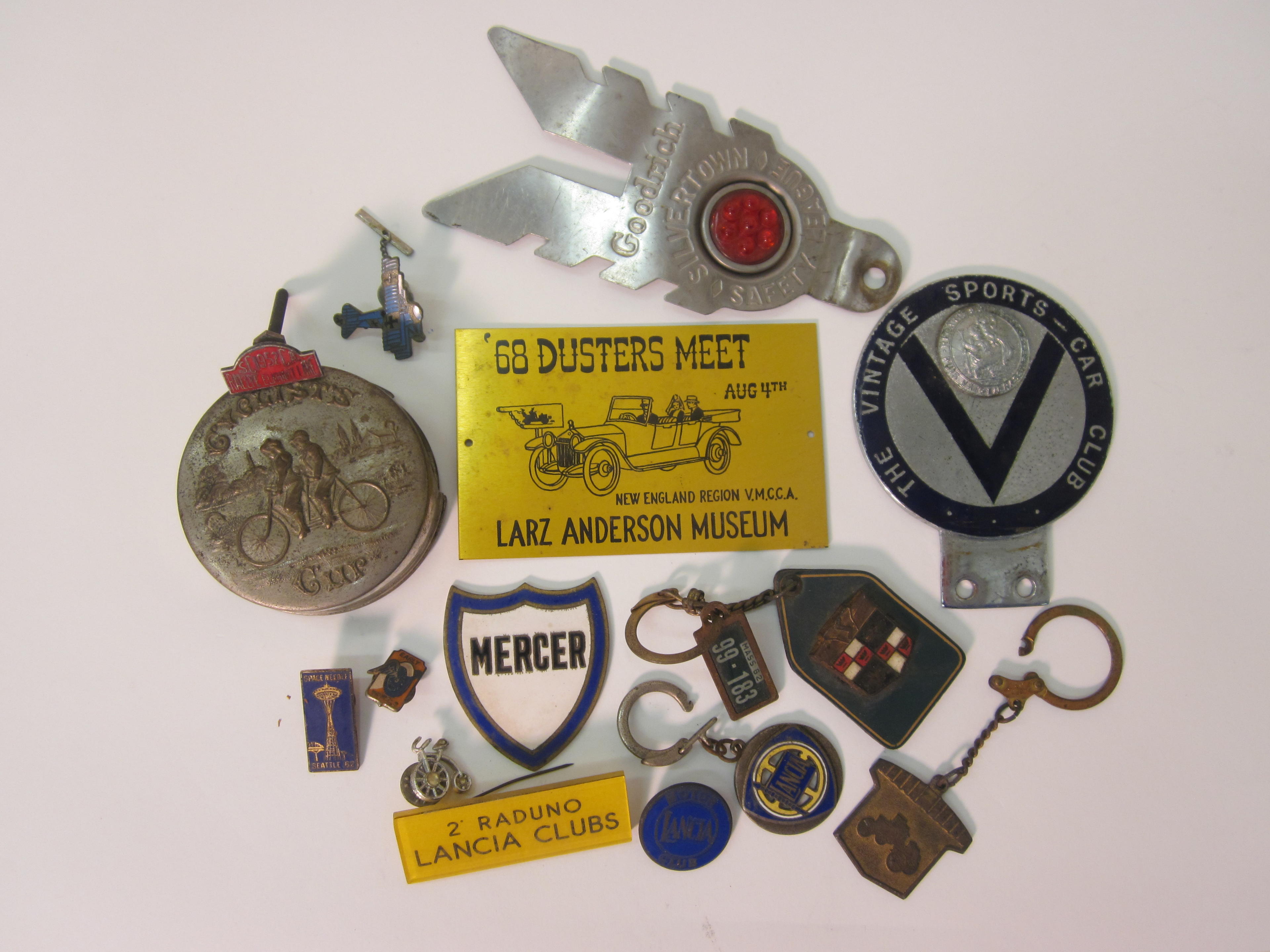
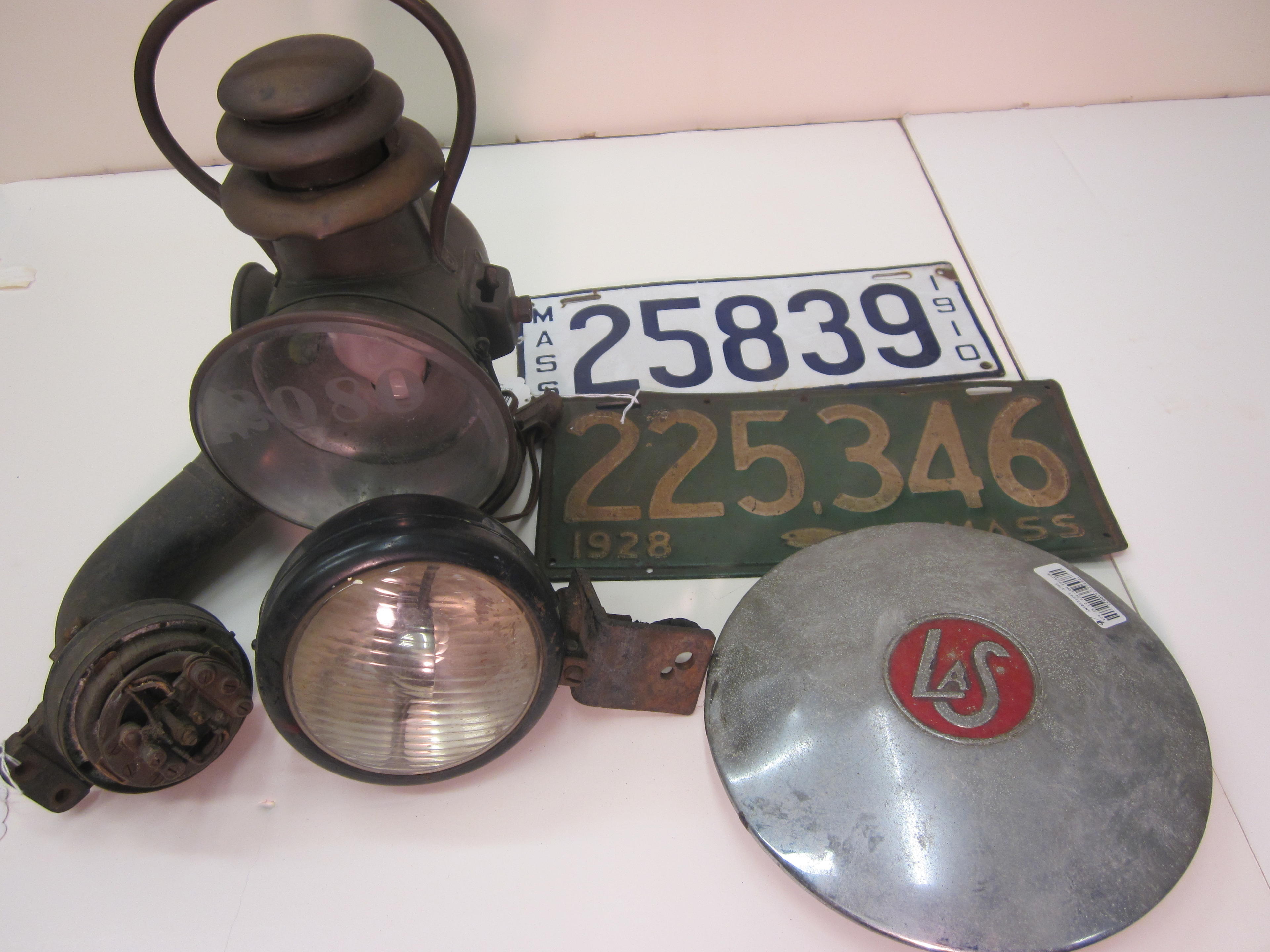
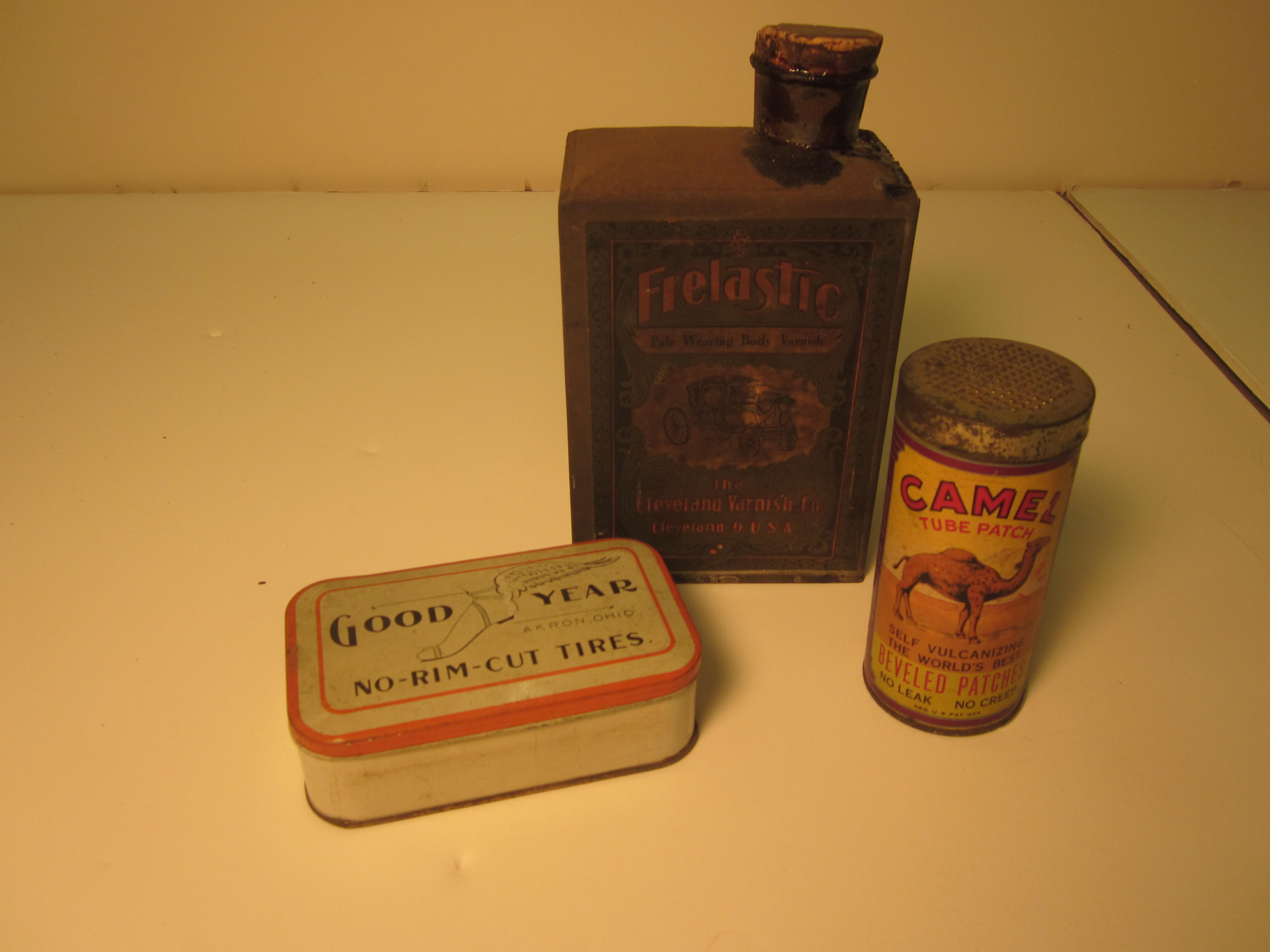
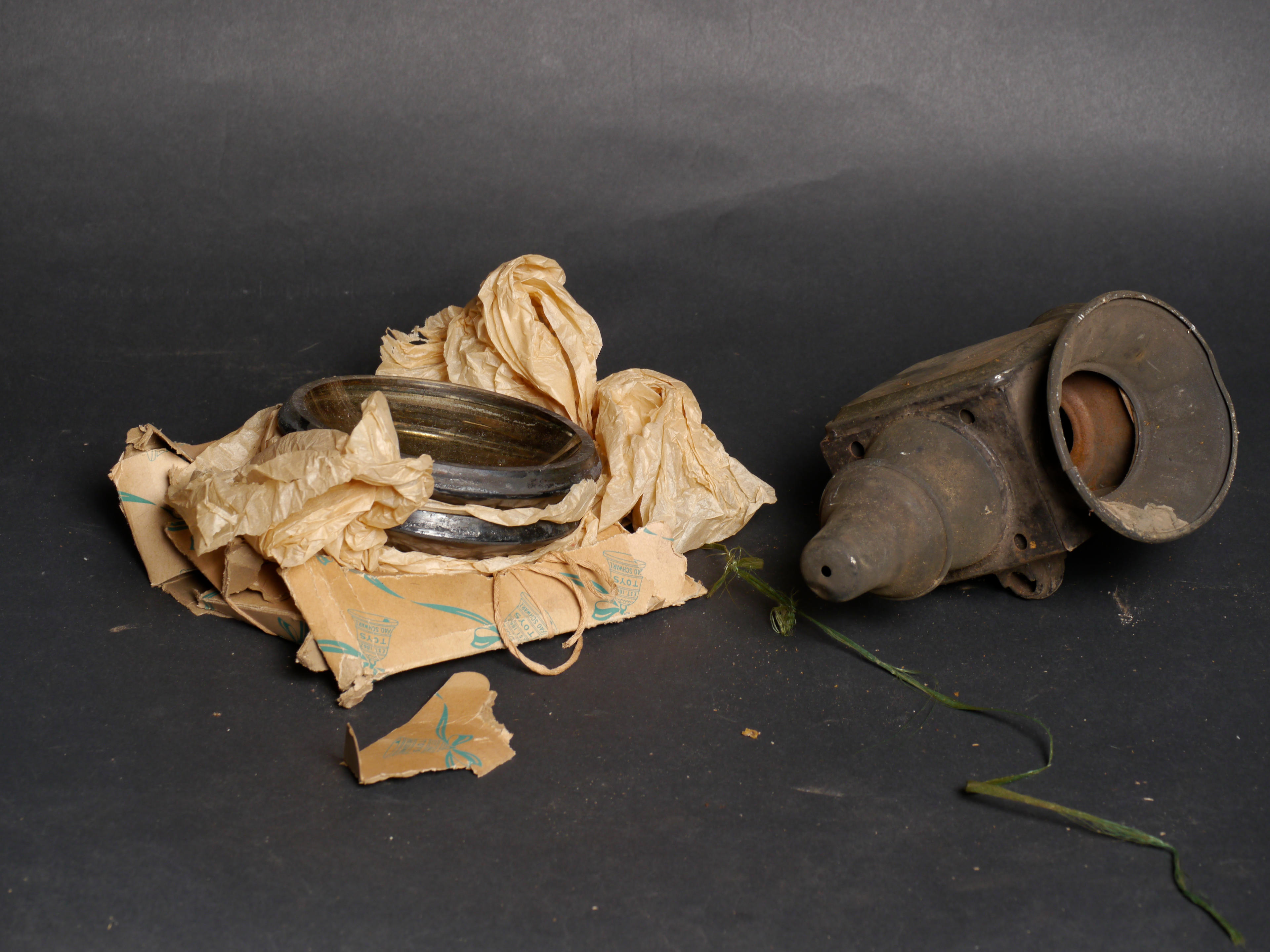
Testen Sie LotSearch und seine Premium-Features 7 Tage - ohne Kosten!
Lassen Sie sich automatisch über neue Objekte in kommenden Auktionen benachrichtigen.
Suchauftrag anlegen